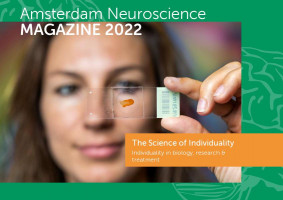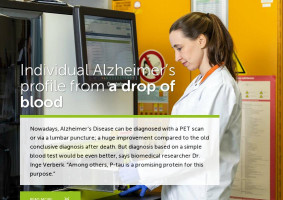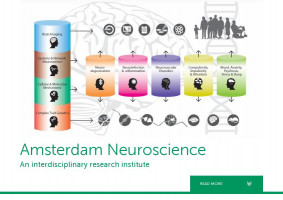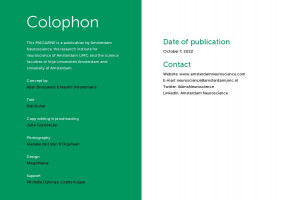Nowadays, Alzheimer’s Disease can be diagnosed with a PET scan or via a lumbar puncture; a huge improvement compared to the old conclusive diagnosis after death. But diagnosis based on a simple blood test would be even better, says biomedical researcher Dr. Inge Verberk. “Among others, P-tau is a promising protein for this purpose.”
The days when Alzheimer’s Disease could only be diagnosed after death are now far behind us. The disease, which is characterized by the abnormal accumulation of the amyloid beta and tau proteins in the brain, can now be diagnosed by sending a radioactive marker to those proteins and then using a PET scanner to see if and where the markers accumulate. The amyloid beta and tau proteins can also be determined in the cerebrospinal fluid obtained via a lumbar puncture. Over the course of time, the accumulations result in cognitive problems. Thus, long before a person is suffering from dementia, Alzheimer’s Disease processes are already in full swing. Measuring these disease processes could therefore contribute to a timely diagnosis.
“The problem is that a PET scan is expensive and the lumbar puncture is invasive,” says Inge Verberk, post-doctoral researcher at the Neurochemistry Laboratory of Amsterdam UMC, who works closely with the Alzheimer Center Amsterdam. “So, a general practitioner, for example, cannot do much with that.”
Blood test
For her PhD research, Verberk spent four years looking at various proteins in the blood of people from the so-called ‘Amsterdam Dementia Cohort’. This biobank contains blood from thousands of people, in various stages of their illness. Her research has shown that there are about four proteins worth investigating further for a possible blood test. “Among others, P-tau looks very promising,” Verberk states.
Combination test
“First, we looked at the potential of those proteins for diagnosis or prognosis at group level,” Verberk explains. “Which proteins are elevated and which are lowered in patients? But now we are also looking at individual variations. What can specific combinations of proteins say about the stage of the disease or maybe even about different manifestations? For example, we are also looking at the neurofilament light protein, which is released during brain damage. For Alzheimer’s Disease that protein in itself is not very specific, but in combination with other proteins from the blood, it can possibly say something about the stage of the disease. We are now looking for algorithms that can make an individual estimation of the situation of a specific patient based on the levels of the four most promising proteins. Our wish is to start using such an algorithm in clinical practice.”
Diagnosis or inclusion
Verberk obviously hopes that a future blood test can play a role in diagnosis. “This kind of blood test will not replace the PET scan or lumbar puncture for the time being, but it can be a valuable addition. For example, it could potentially provide a low-threshold pre-selection. If a general practitioner can assess with a simple blood test whether or not there is an increased risk, someone experiencing memory complaints may already be reassured or referred for follow-up testing.”
Verberk has even higher expectations for the use of the blood test in clinical trials investigating potential therapeutics for Alzheimer’s Disease. “There is still no drug that can prevent or cure the disease, although there are numerous agents under investigation. In those studies, you cannot always do a PET scan or a lumbar puncture to examine the possible effect of an experimental agent. How easy would it be if you could track any effect with a simple blood draw in an easily accessible way? The inclusion of patients in a trial would also be a lot better if you could first estimate someone’s risk profile based on a blood test before confirming it with a PET scan in a selected group. The requirements for a screening test for inclusion in research are, of course, somewhat less strict than for an actual diagnostic test. So, I see these applications in clinical trial research happening very quickly. Although further research is still needed with regards to the use of blood tests to support clinical diagnoses.”
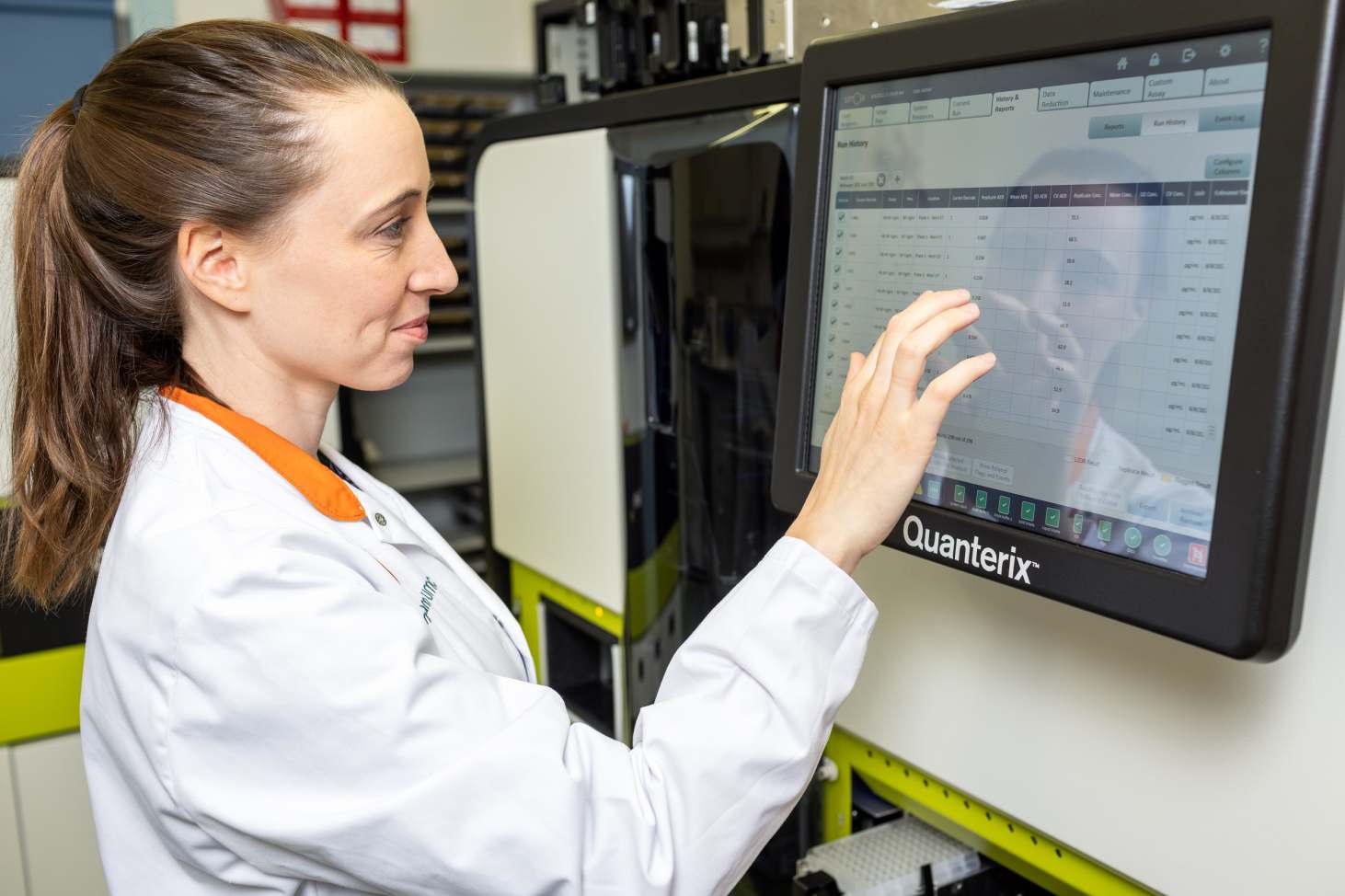
CANTATE project
This follow-up research carried out by Verberk and her colleagues is taking place under the umbrella of the so-called ‘CANTATE project’. With Charlotte Teunissen, Professor of Neurochemistry at Amsterdam UMC as the Principle Investigator, and with a grant from the Alzheimer’s Drug Discovery Foundation and collaboration with the company Quanterix, three PhD students and three post-docs, among others, are working on the algorithms that should make early diagnosis of Alzheimer’s disease possible. The next step will be to test these along the complete patient journey, from the general practitioner to highly specialized memory clinics.
Photography: Marieke de Lorijn
(1)_w940_h770_1.jpg)
